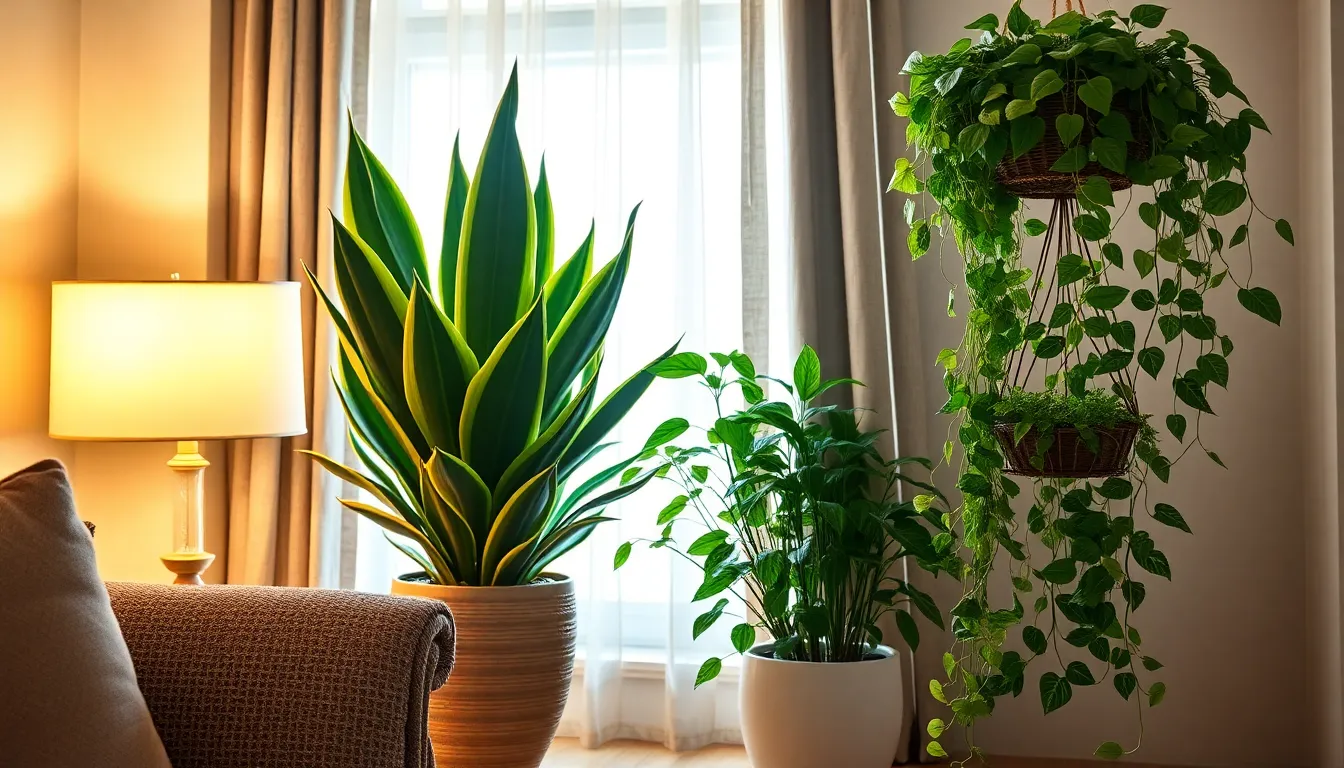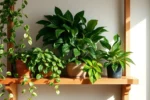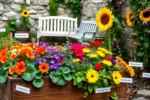Welcome to the wonderful world of indoor gardening, where even the coziest corners can become lush, green retreats! Whether you’re just starting out or have years of experience under your belt, cultivating plants in low-light environments can open up new possibilities for every room in your home. This guide to the best indoor plants for low light is your ticket to transforming dim spaces into vibrant, thriving areas full of life and color.
In this guide, you’ll discover a curated list of easy-care plants that don’t just survive but truly thrive in less-than-sunny conditions. These resilient beauties will not only enhance your living space aesthetically but also improve air quality and boost your mood. With our expert tips and insights, you’ll feel equipped and excited to nurture these plants, enjoying the rewarding journey of watching them grow. Get ready to embark on a gardening adventure that promises joy, tranquility, and a renewed confidence in your green thumb!
Peace Lily (Spathiphyllum wallisii)
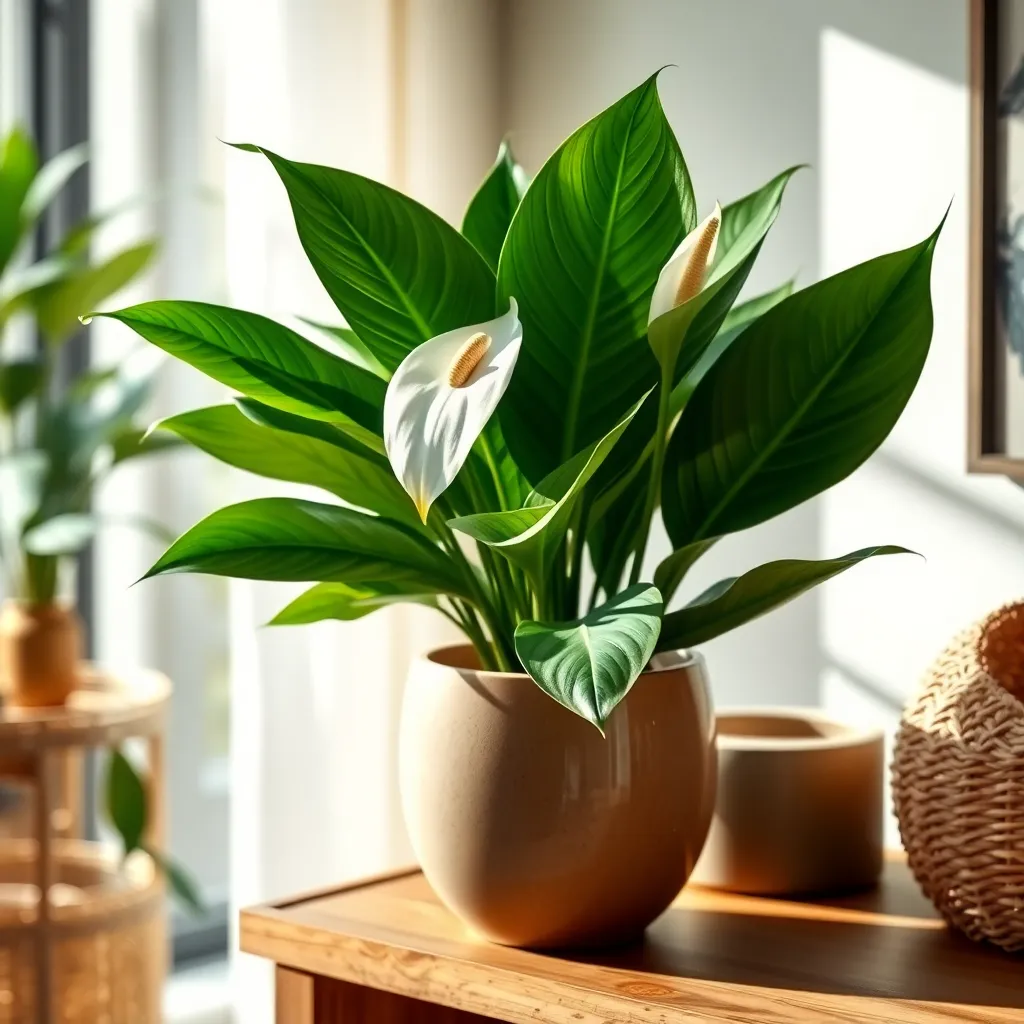
The Peace Lily, or Spathiphyllum wallisii, is a popular choice for those seeking an indoor plant that thrives in low-light conditions. Its glossy, dark green leaves and elegant white flowers can brighten any room, making it a favorite among both novice and seasoned gardeners.
When caring for a Peace Lily, ensure the soil remains consistently moist but not waterlogged. A well-draining potting mix, such as one containing peat moss and perlite, will help maintain the right balance of moisture for the plant.
Water your Peace Lily approximately once a week, allowing the top inch of soil to dry out between waterings. Be mindful of drooping leaves, which can indicate the plant needs more water, while yellowing tips suggest overwatering.
Beyond basic care, Peace Lilies benefit from occasional misting to increase humidity, especially in dry indoor environments. For advanced care, fertilize your Peace Lily every six to eight weeks during the growing season with a balanced houseplant fertilizer to encourage lush foliage and more frequent blooms.
Cast Iron Plant (Aspidistra elatior)
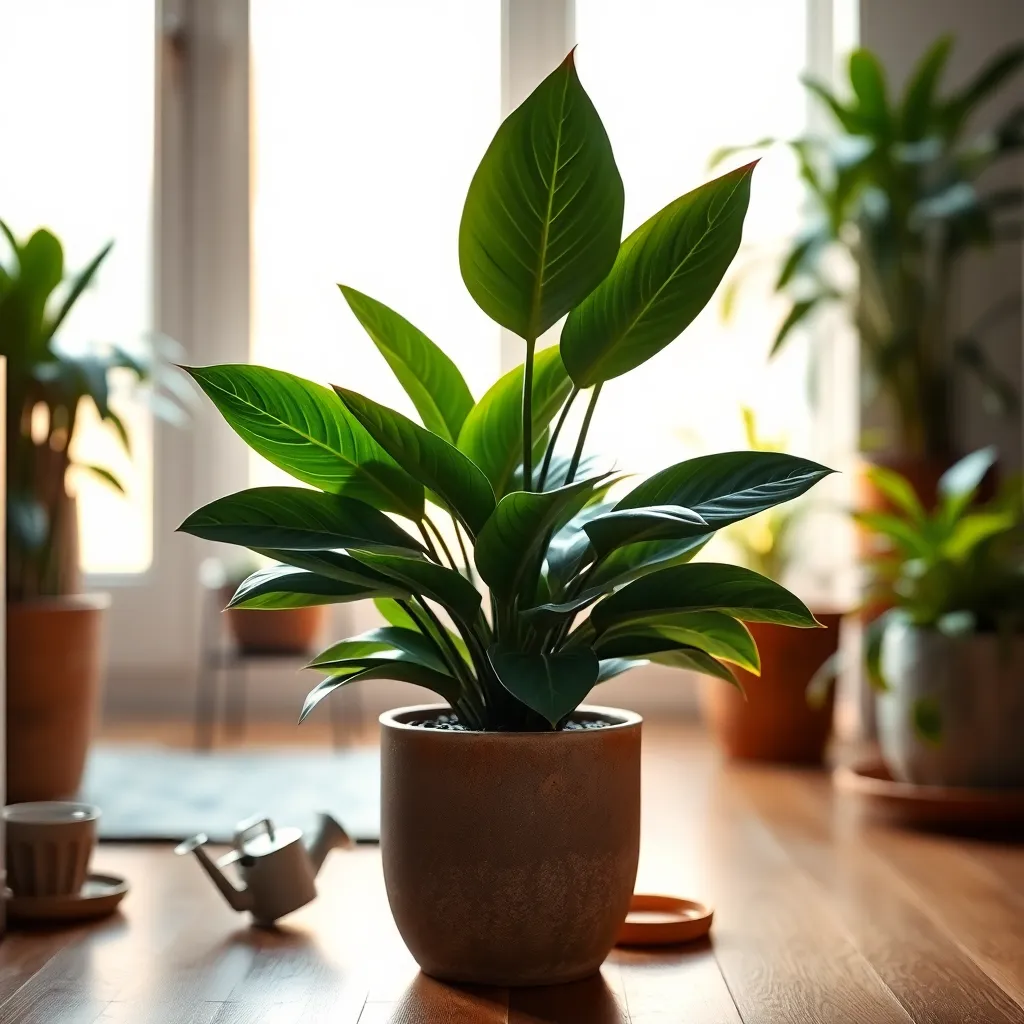
The Cast Iron Plant, known scientifically as Aspidistra elatior, is a resilient choice for low-light environments. It’s aptly named for its ability to thrive with minimal care, making it perfect for those new to gardening or with busy schedules.
Watering this plant requires a balanced approach; allow the soil to dry out between waterings to prevent root rot. A well-draining potting mix, such as a combination of standard houseplant soil and perlite, is ideal to maintain the right moisture levels.
One of the standout features of the Cast Iron Plant is its tolerance to neglect, as it can handle irregular watering and low humidity. Place the plant in indirect light; however, it can tolerate deeper shade, though growth may be slower.
For those looking to enhance their plant care skills, consider wiping the leaves occasionally with a damp cloth to remove dust and allow the plant to breathe better. Fertilize sparingly; a balanced liquid fertilizer diluted to half strength every few months will suffice.
Given its hardy nature, the Cast Iron Plant rarely falls victim to pests, but it’s wise to occasionally check for spider mites or scale. If issues arise, a gentle wipe with insecticidal soap can keep these pests at bay.
Chinese Evergreen (Aglaonema commutatum)
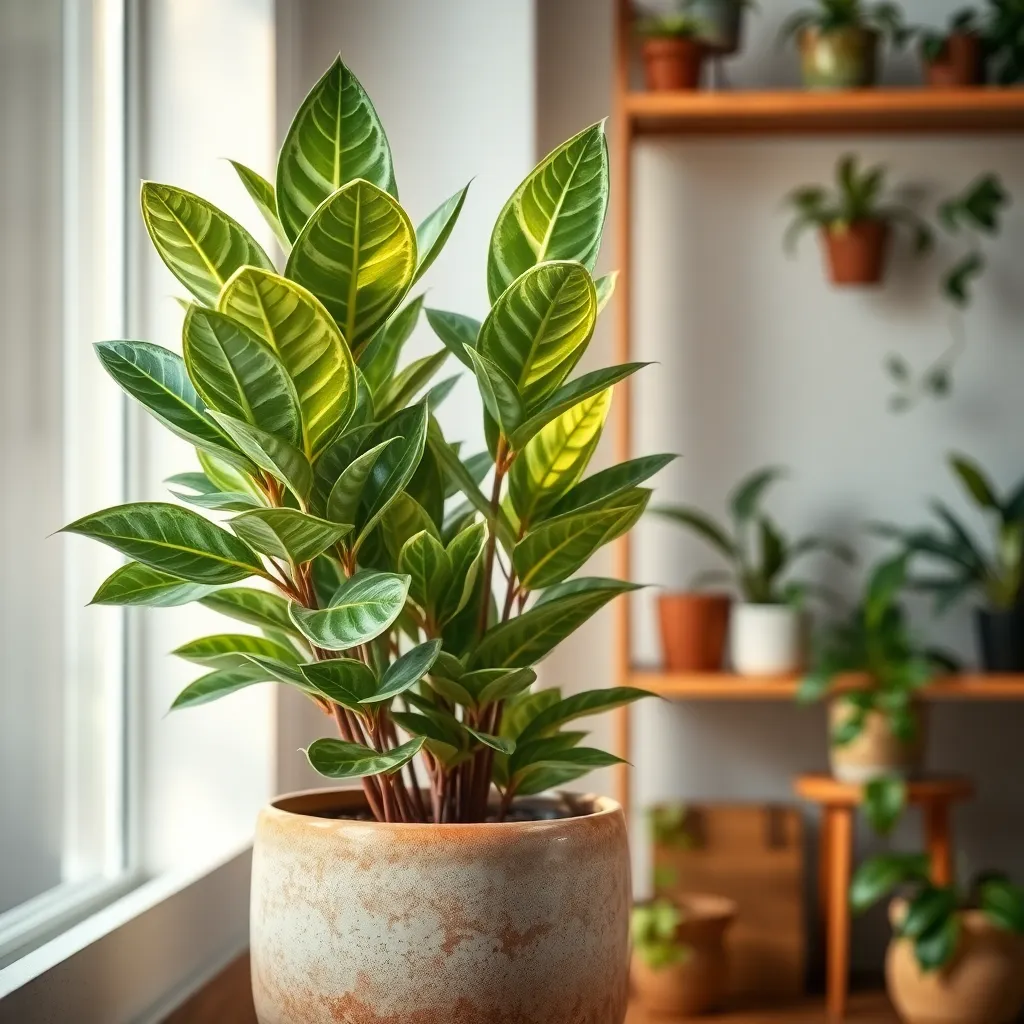
Chinese Evergreen (Aglaonema commutatum) is an ideal choice for those seeking a hardy plant that thrives in low-light conditions. Known for its colorful foliage, this plant adds a touch of elegance and vibrancy to any indoor space.
When caring for your Chinese Evergreen, it’s essential to use a well-draining potting mix, such as one designed for houseplants. Water the plant moderately, allowing the top inch of soil to dry out between waterings to prevent root rot.
An important aspect of maintaining a healthy Chinese Evergreen is ensuring consistent warmth; temperatures between 65°F to 80°F (18°C to 27°C) are ideal. Avoid placing it in drafty areas or near heating vents, as sudden temperature changes can stress the plant.
For those looking to encourage more vibrant growth, consider fertilizing with a balanced liquid houseplant fertilizer every six to eight weeks during the growing season. Prune yellowing or damaged leaves to maintain the plant’s appearance and promote new growth. With minimal effort, your Chinese Evergreen can become a stunning centerpiece in your home.
Philodendron (Philodendron hederaceum)
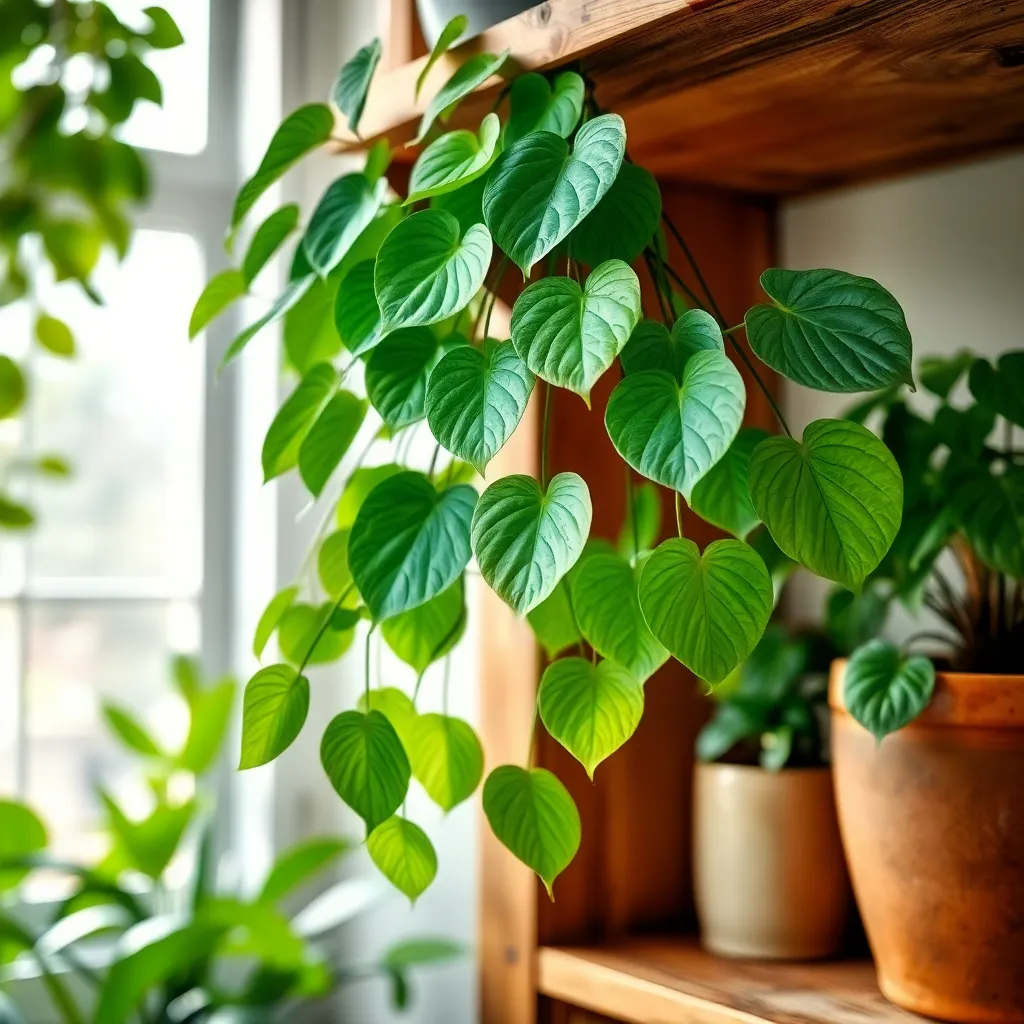
The Philodendron (Philodendron hederaceum) is a fabulous choice for those seeking a low-maintenance indoor plant. Its heart-shaped leaves and trailing habit make it a beautiful addition to any room, even in areas with low light.
Begin by placing your Philodendron in a location with indirect light, as direct sunlight can scorch its leaves. Fortunately, it can thrive under fluorescent lighting, making it ideal for office spaces with little natural light.
Watering should be done when the top inch of soil feels dry to the touch. Overwatering can lead to root rot, so ensure your pot has adequate drainage to prevent water from accumulating at the base.
For the best results, use a well-draining potting mix, such as one containing peat and perlite. This combination will help maintain the right moisture balance, promoting healthy growth.
Advanced gardeners might consider occasional feeding with a balanced liquid fertilizer during the growing season. This can enhance leaf color and encourage more vigorous growth.
If you’re interested in propagation, simply cut a stem with a few leaves and place it in water until roots develop. Once rooted, transfer it to soil, and you’ll have a new plant to enjoy or share with friends!
Parlor Palm (Chamaedorea elegans)
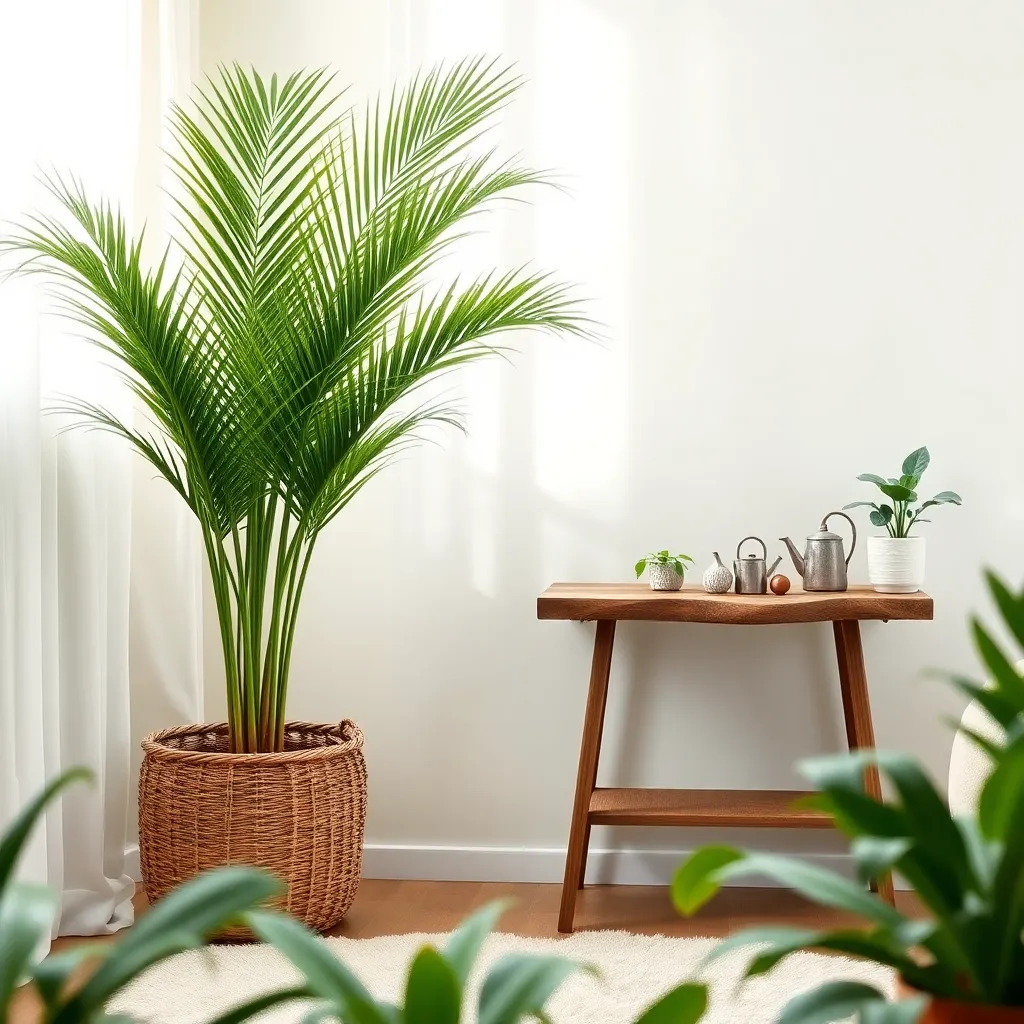
Another excellent choice for low-light environments is the Parlor Palm (Chamaedorea elegans), known for its graceful, arching fronds. This plant thrives in shaded areas, making it perfect for rooms with minimal natural light.
To ensure your Parlor Palm remains healthy, water it when the top inch of soil feels dry to the touch. Overwatering can lead to root rot, so it’s crucial to use a pot with drainage holes to allow excess water to escape.
A well-draining potting mix, such as one designed for palms or a general-purpose houseplant soil, is ideal for this plant. Adding perlite to the mix can improve aeration and prevent soil compaction, which is beneficial for root health.
For those looking to encourage lush growth, fertilize your Parlor Palm with a balanced, water-soluble fertilizer every four to six weeks during the growing season. Avoid fertilizing in the fall and winter months, as the plant’s growth naturally slows down during this period.
Conclusion: Growing Success with These Plants
In nurturing both plants and relationships, understanding their unique needs is crucial. This article explored five key concepts for selecting the best indoor plants for low light: adaptability, maintenance level, aesthetic contribution, air-purifying qualities, and emotional benefits. Just as plants thrive with the right care, relationships flourish when nurtured with attention and understanding.
As a next step, consider introducing a low-light plant into your living space. This simple act can symbolize your commitment to cultivating a thriving environment, both in your home and in your relationships. Notice how this addition brings a new dimension of tranquility and connectedness into your life.
Remember, the journey of nurturing relationships is ongoing and rewarding. Save this article as a valuable resource to revisit whenever you seek inspiration or guidance on how to maintain harmony and growth in your relationships. By doing so, you’ll have a constant reminder of the parallels between tending to plants and fostering strong, healthy connections.
Looking ahead, embrace the potential for relationship success by recognizing the beauty in growth and change. With patience and care, both your plants and relationships will thrive, enriching your life in countless ways.

